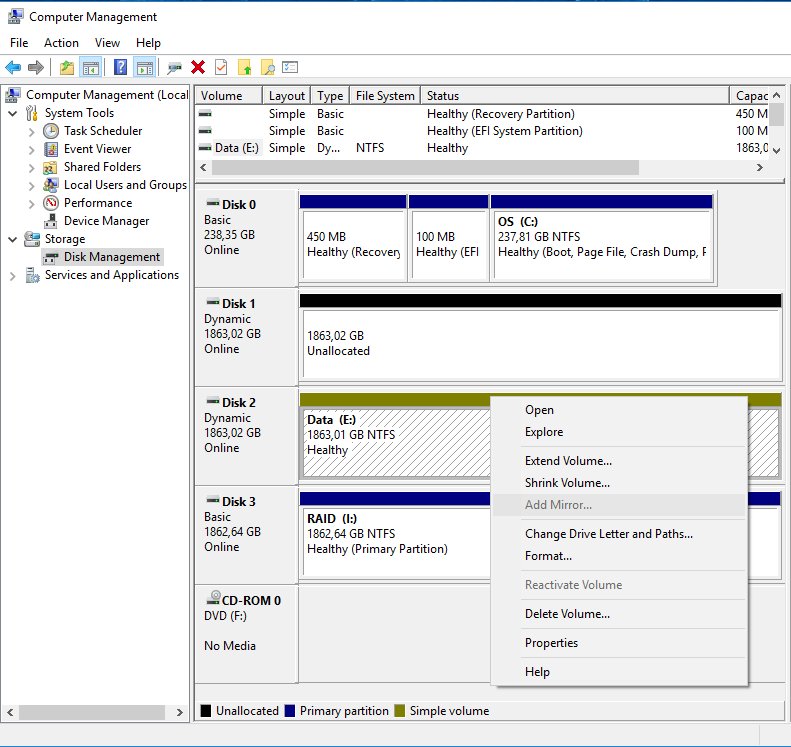

Some devices like memory card readers have multiple slots and will be assigned several drive letters. For example if the ‘highest’ drive in use is F then the new drive will be assigned ‘G’ and so on. Windows automatically assigns the next available drive letter when you insert a drive. Office Watch suggests a better solution which works well and gives you a consistent and unchanging path to each external drive.Įach time you insert a removable drive (USB memory ‘key’, digital camera memory or external drive etc) Windows will ‘mount’ the drive and assign it to a drive letter. One is both manual and tedious yet it is the one that you’ll see in many Windows tips columns. Microsoft’s SyncToy is very handy with external drives but is rendered useless when the path to the linked folders changes (ie there’s no way to edit the folders paths once a folder pair is created).Īdding to the problem can be network settings that force you to allocate a drive letter/s to shares on the network. However some programs don’t let you alter the path once it is set. All Office programs do that in their MRU (Most Recently Used) list but you can workaround it simply by opening the document directly using Windows Explorer. Migrating drive letters is a problem when programs remember fixed paths to documents. Jenny’s problem isn’t with Word but it does show up a growing problem with Windows and how it works with plug-in drives. How can I change the flash drive letter or, even better, make it appear as the same drive letter each time? “ I’ve worked out that when I insert the flash drive it’s not always using the same drive letter – it’s F or G drive but occasionally even later in the alphabet. If I insert the drive days later and try to use the recently used file list, Word sometimes says it can’t find the document. “ I have a problem with Word when working with documents on my flash drive. Here’s how to make consistent paths from Microsoft Office to documents on removable media.


 0 kommentar(er)
0 kommentar(er)
